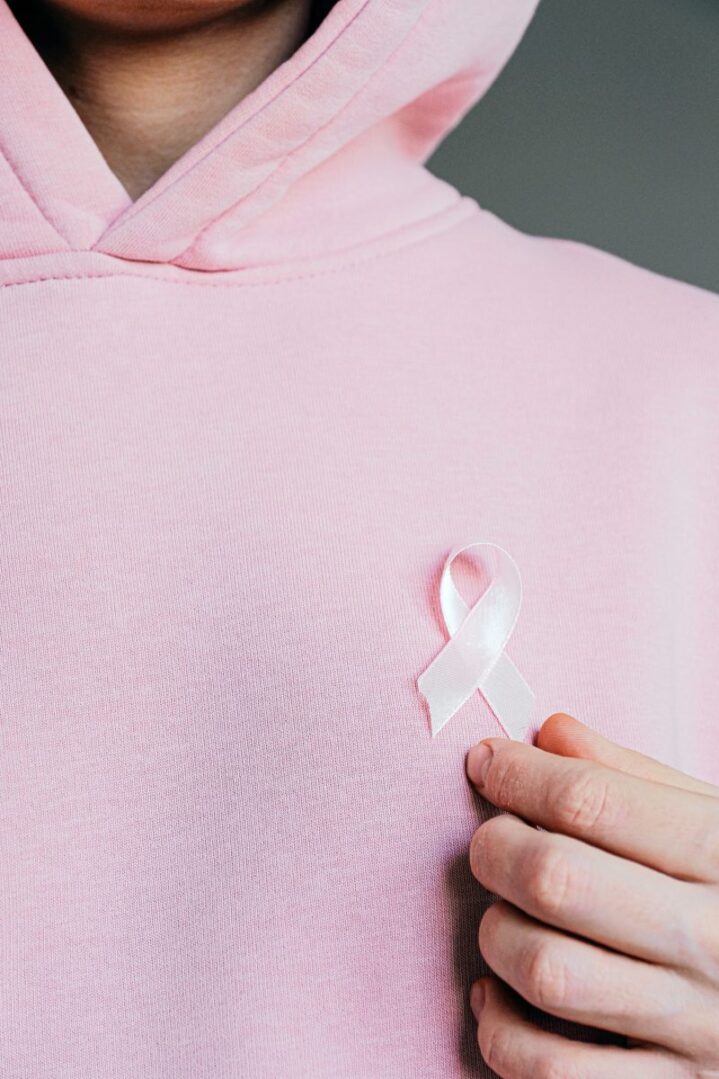
Breast Cancer
by Dr. Donna Robinson
Breast cancer is the most common invasive cancer in women and the second leading cause of cancer death in women after lung cancer. Breast cancer begins when normal cells in the breast start to change and grow uncontrollably, forming a mass called a tumour.
Most breast tumours (about 85 to 90%) are considered to be ductal carcinoma (invaded surrounding tissue). If the tumour is well contained and non-invasive, it is called ductal carcinoma in situ (DCIS), which means the cells haven’t spread or grown out of the breast ducts into surrounding tissue. DCIS is considered precancerous, and can usually be successfully treated. It is often found during a mammogram or as part of a routine breast cancer screening. If left untreated, DCIS can lead to cancer. About 43% of breast cancers are found as a lump during self-examination and about 57% are detected by mammogram.
Cancer causes the cells to multiply uncontrollably. This excessive cell growth causes cancer because the tumour uses nutrients and energy and deprives the cells around it. Breast cancer usually starts in the inner lining of milk ducts or the lobules that supply them with milk. From there, it can spread to other parts of the body. The first symptoms of breast cancer usually appear as an area of thickened tissue in the breast or a lump in the breast or armpit. Other symptoms may be pain or a rash around the breast and nipple area. A key to tackling breast cancer is catching it early. For example, one of our close friends R.Lemieux caught hers early the second time round which meant that the cancer hasn’t spread and can be easily treated. It is very crucial that us women follow up on all our checkups and screening as to detect, if any, symptoms of the cancer.
The exact cause of breast cancer still remains unclear, but some risk factors make it more likely. It is possible to prevent some of these risk factors.
Women who carry the BRCA1 and BRCA2 genes have a higher chance of developing breast cancer, ovarian cancer, or both. In some cases, like Angelina Jolie and one of our close friends Jayne who tested positive for the gene, can decide to be ‘proactive’ and opt for a double preventative mastectomy followed by a full hysterectomy (removal of uterus and ovaries) to minimise the risks. Cancer is still a word that strikes fear in almost everyone, making us feel vulnerable. But today it is possible to find out through a blood test whether you are highly susceptible to breast and ovarian cancer, and then take action.
Most women might be afraid of how the procedure might affect their appearance and lifestyle but let me assure you with Angelina Jolie’s own word: “I feel empowered that I made a strong choice that in no way diminishes my femininity”, and that she made a quick recovery back into her “normal life” straight after.
Therefore I would like to encourage every woman, especially if you have a family history of breast or ovarian cancer, to seek out the information from medical experts who can help you through this aspect of your life, and to make your own informed choices.
“Life comes with many challenges. The ones that should not scare us are the ones we can take on and take control of”. Angelina Jolie





